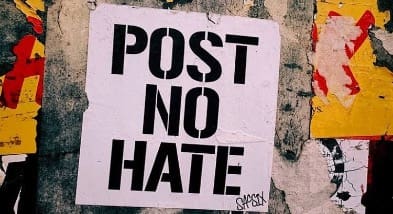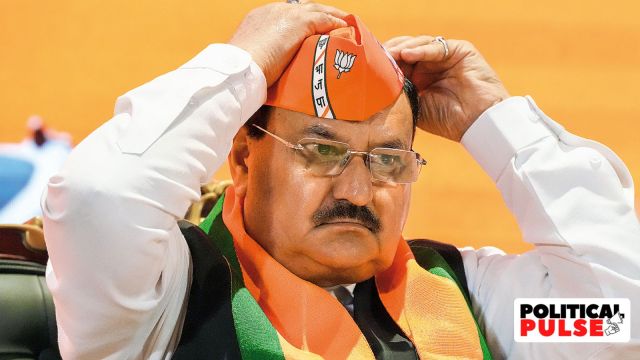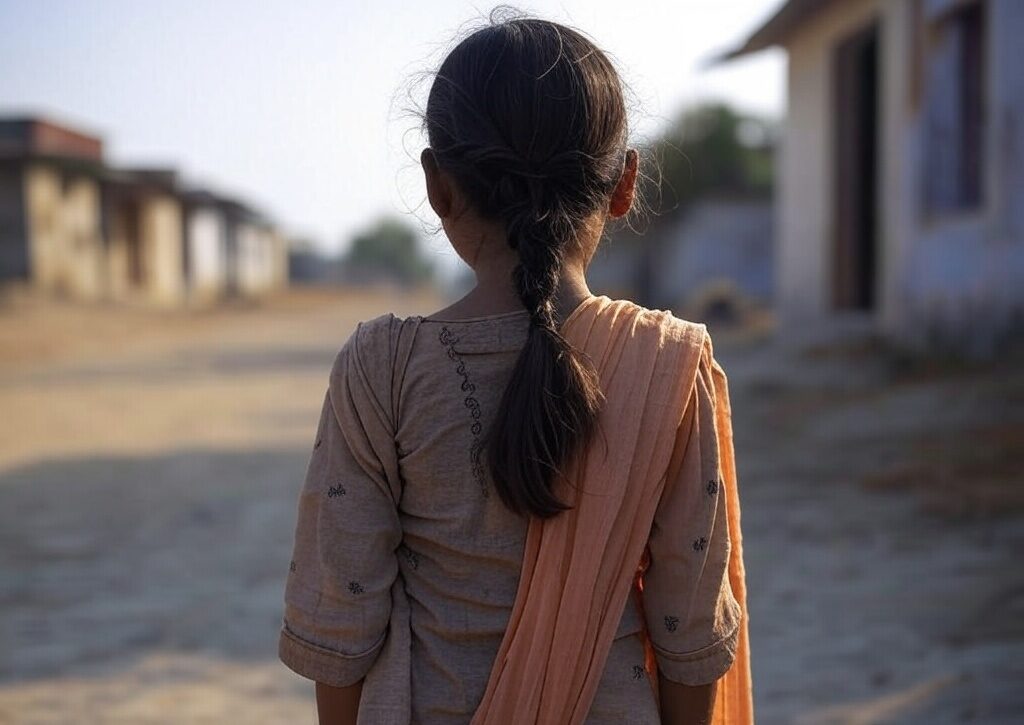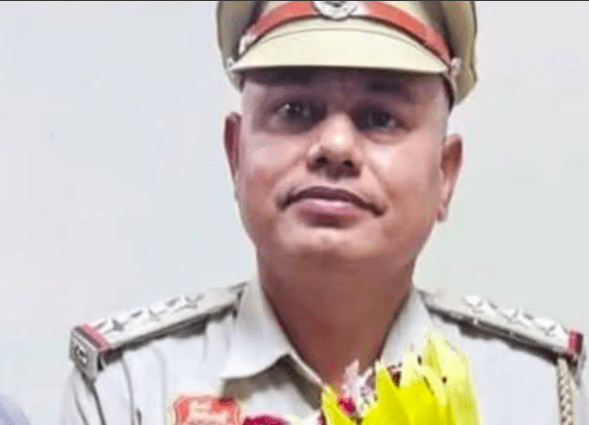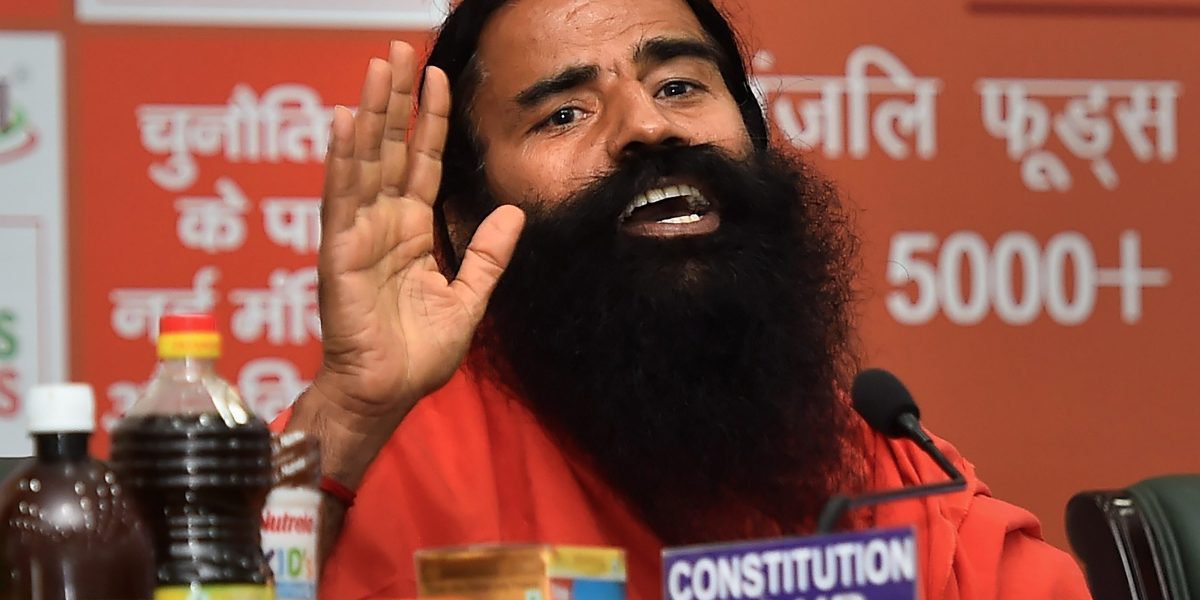By Brinda Karat
The barbaric violence perpetrated against a 20-year-old working woman, a mother of a two-year-old child, has led to widespread outrage after a video went viral of the torture the young woman faced in Delhi. In the FIR published in the media, it is stated that she was abducted from her home, her child snatched away, and then she was forcibly taken to another area, sexually assaulted in crimes amounting to gangrape, brutally beaten, tonsured; her face was blackened, she was garlanded with shoes, abused, heckled, paraded around the lanes of her neighbourhood.
The video shows some part of what she faced. We see her surrounded by men, women and children who clap and jeer every time she is pushed and her head pulled and slapped, even as she screams in pain and begs for mercy. Another video shows her being kicked to the floor by a young man and being brutally whipped with a belt. It is horrific. All this happened in broad daylight. It went on for over an hour. The area where this happened is not in a remote village but in a busy area in the eastern part of the capital of India.
It is now known that her attack was in apparently retaliation by a family whose young male member committed suicide in November last year. The family blamed the young woman for his death. Since then, they have been harassing the girl and her family. She had to leave her job because they went to the shop where she worked and created a scene. She had to shift house along with her husband and child because of the threats of violence she received. Her younger sister, too, was threatened. She made several complaints to the Delhi Police but no one acted on them.
After the video, the Chairperson of the Delhi Commission of Women called the criminal attackers “animals”; she said they are involved in the illicit liquor business and are “known criminals”. She gave an ultimatum to the police to take action. The former Chairperson of the National Commission of Women called them “monsters”. The BJP Member of Parliament, Gautam Gambhi, who visited the family, referred to the criminals as “beasts” and “animals” and assured the citizens of Delhi that justice would be done. Four days after the incident, nine persons, including seven women, have been arrested. And does the matter end there, now that the “animals and monsters” have been locked up?
The questions that arise are familiar to those fighting for justice and for prevention of crimes against women. Why did the Delhi Police not act on the complaint of the younger sister, made a week before the attack? If the police had acted in time, the young woman could have been saved. How could such a crime occur in a public space, with scores of people watching a young woman being lynched, and the police totally absent? The victim stated that after she was paraded publicly, she was again taken into a room and brutalized. If the police had come in time, at least she could have been saved from some part of the violence. The role of the police in this case, as in so many others, has been outrageous. Yet there is no inquiry into police connivance or even dereliction of duty. The other shocking and cruel reality is that but for the video being made public, the perpetrators of the violence could have got away with it. Yet in this case, as has been proved in so many others, the video itself was possibly shot by those who perpetrated the violence, an extension of their power over the victim.
But are all those who stood by as spectators not liable? At the time of the anti-Sati legislation in 1987, there was a debate among activists about the responsibility of spectators who allowed a murder in the name of Sati to take place. It was agreed that there must be a legal obligation on citizens to prevent such a crime if they have knowledge that it was going to happen. A clause was included that not only officers but “inhabitants of such area shall, if they have reason to believe or have the knowledge that Sati is about to be, or has been, committed in the area shall forthwith report such fact to the nearest police station” and if they do not, they could face a fine or imprisonment upto two years. Later, during the struggle for a legislation against crimes committed in the name of “Honour”, the draft prepared by the then National Commission of Women along with women activists specifically mentioned the penalty for those not reporting an “Honour Crime” of which they had knowledge. That draft legislation is still pending. The point is the responsibility of citizens is essential, particularly in cases of prevention of crimes against women. In the Shahdara case, it was the younger sister of the victim who kept calling the police and saved her sister.
But the case also highlights another truth which it would be utterly hypocritical to ignore. Are those who promote public lynching, who organise public lynchings, who humiliate, beat, kill in the name of prevention of cow slaughter, or of ‘love jihad’, or against growing a beard and wearing a white skull cap, not monsters and beasts? How would Gautam Gambhir describe political leaders who extend patronage and protection and promote such criminal activities as mob lynching? When we express our anguish, anger and horror at the Shahdara crime, as indeed we must do, we cannot forget that it is also a result of the normalization of such crimes by the horrific and the blood-soaked culture of mob lynching promoted by those in positions of power.
The incident of public lynching in the capital of India, by some terrible coincidence, occurred on Republic Day. Could it be a symbol of the political and social distance travelled from the promotion of values that create responsible citizens to their opposite?
This story first appeared on ndtv.com


